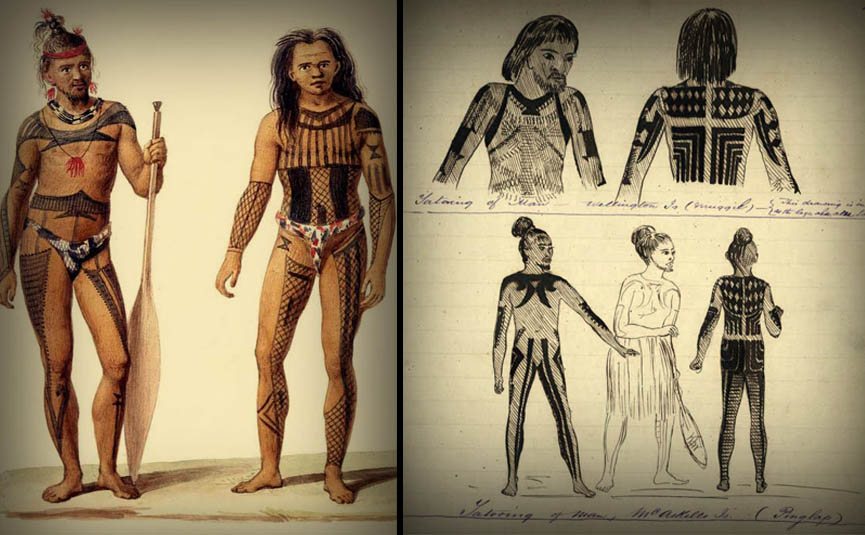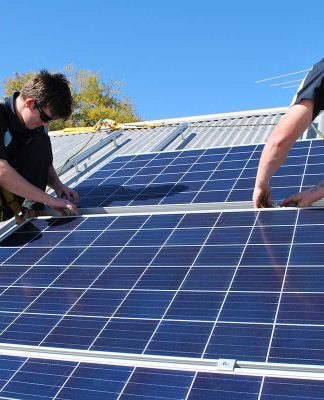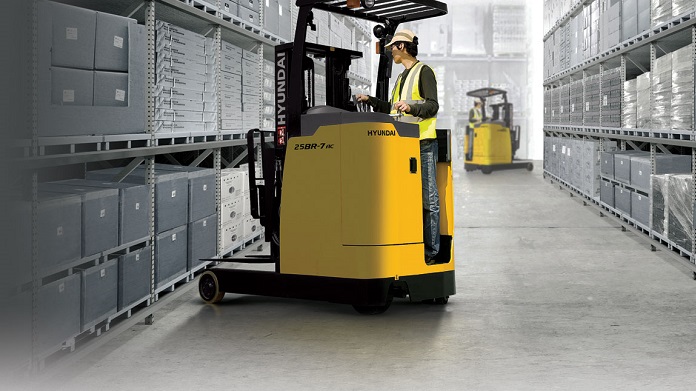When venturing out in the bush, it’s more of a matter of ‘when’ than ‘if’ you get stuck. And in cases like these, you’ll need the right recovery equipment to get your ute or 4WD to safer ground. Recovery tow points are the quintessential recovery gear, providing a secure and safe attachment point on your vehicle. These are used in combination with snatch straps and similar accessories to pull you out of ruts and tight spots.
What Exactly are Recovery Tow Points

These are vehicle-specific and purpose-built points designed to be bolted onto the chassis and used as an attachment point for different recovery gear when bogged down. Each tow point has an opening to fit a shackle or hook to which straps are then attached. To endure the incredibly high forces involved during every vehicle recovery, tow points must also be ‘rated’ for the vehicle weight, meaning they’ll last no matter what. However, using universal, ‘unrated’ or recovery points of inferior quality has been the reason for numerous incidents and serious injuries. Quite a few fatalities have also been reported.
Why Choose Roadsafe Recovery Tow Points?
Roadsafe is one of Australia’s largest and most respected aftermarket steering and suspension parts producers. They’ve been around for nearly five decades, and cater to the growing 4WD community. And many of the parts in their wide product lineup, including the Roadsafe tow points, have been favourites among off-road adventurers. These recovery essentials are designed, developed and tested in Australia. And they come in vehicle-specific designs to ensure correct fitment and safe recoveries.
What are ‘Rated’ Tow Points?

Recovery tow points that carry the ‘Rated’ moniker have been load tested using physical tests or Finite Element Analysis (FEA). This uses computer-generated modelling to predict how the tow points will perform in real-world conditions. Tow points carry a weight rating in kilos. Rated tow points are those that have been proven to withstand these (or higher) loads using FEA modelling. Look for numbers at least twice the laden weight of the ute or 4WD, or around 5000 kilos per unit.
More About Recovery Tow Point Ratings
The numbers you’ll see on tow points refer to ratings in best-case recovery scenarios. This means straight line pulls at shorter distances and with little in the way. However, different factors can increase the forces acting on the recovery points. This not only includes the weight of the vehicle, but also the angle of recovery, any obstacles, such as stumps or boulders, and how the recovery points work with the rest of the recovery gear.
The aim is to transfer those loads to the strongest part, the vehicle chassis, but in a way that doesn’t compromise the chassis’ structural integrity. Instead, if any part must fail, due to excessive loads, then that should be the strap or rope. Having this snap is much safer than a few kilos of metal hurling at you at hundreds of kilometres an hour.
What about Tie Down Points?

Tie-down points in the vehicle chassis are those used to tie down the vehicle during transportation from the plant to the dealership or customer. They’re recognisable as being angled towards the ground, and not as robustly built as factory recovery points. And tie-down (along with tow balls) should in no way be used in recovering a bogged-down car. They just lack the robust build of a factory-fitted recovery point, which is either welded to the chassis or attached with multiple bolts.
If your car doesn’t have purpose-built recovery points, then investing in a pair of front and rear Roadsafe tow points means that they will perform as advertised and you don’t run the risk of injury or damaging the vehicle.
Two are Better Than One
Designs differ as different tow points fit the chassis rails (or bull bars) of different vehicles. What’s more of a consideration is that two tow points spread the load evenly, and put less stress on the vehicle components, so prevent serious damage such as chassis twist. The points are paired with an equalising strap or bridle, effectively halving the load each point needs to face. This then attaches to a rated snatch strap.
While not all recoveries are possible using two points at the same time (because of limited access), this still is the safest and most efficient way in recovering a bogged-down vehicle. To this end, aftermarket recovery tow points are often sold as a left and right pair.
Each tow point is made of thick carbon steel, varying from 10 to 16mm in thickness (depending on theh vehicle), and supplied with high-tensile 8.8-grade steel bolts and mounting hardware. Although one rated recovery point can manage the weight of the vehicle, using two points is much safer.
General Recovery Tips
While all recoveries are unique, when using recovery tow points, slow and easy is the way to go. Safety is paramount here. Do thorough checks on the condition of the tow points and bolts (especially for rust and cracks) before attaching equaliser straps, hooks or snatch blocks and shackles. These too need to be rated for the vehicle weight. Where possible, recover a stranded car in a straight-line pull, with the strap attached to the tow bar hitch receiver and use a strap dampener in case it snaps.















